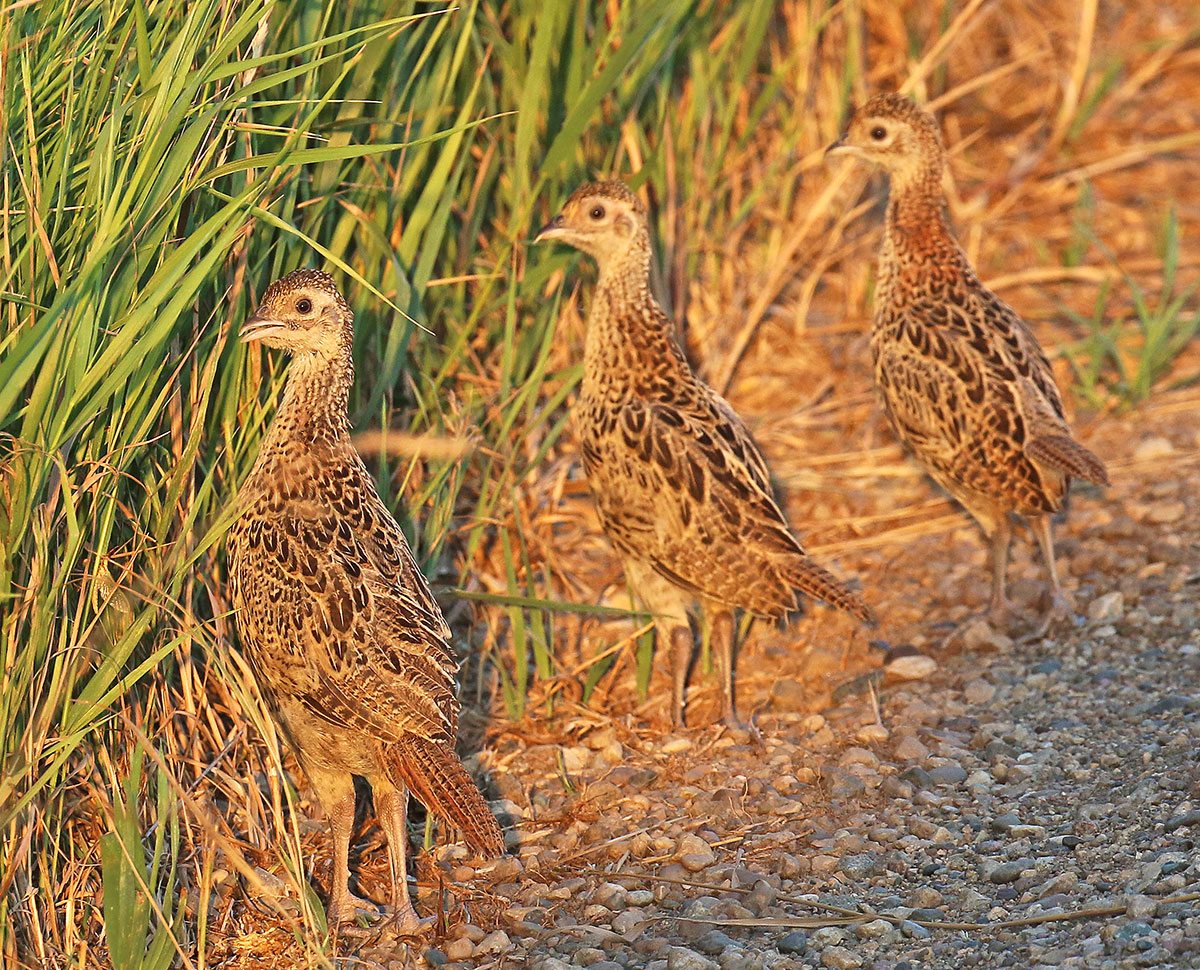Back Cast

It’s been said that bashing the weather is a waste of words, considering many of us couldn’t start a conversation if it didn’t change now and again.
True enough.
The weather, like it does in our lives here on the Northern Plains, plays a central role in this issue of North Dakota OUTDOORS, as Craig Bihrle recounts the sudden, yet long-awaited end of a drought that gut-punched the state for five years in the late 1980s and early 1990s.
My wife and I moved to Garrison near the end of the drought in the early 1990s, and for a number of months lived in a rental on Garrison Bay.
Saying that we lived “on” Garrison Bay was mostly a stretch, but sounded cool to friends who lived elsewhere and didn’t know any better.
To get to the water from the front door of our rental wasn’t a long hike, but it wasn’t something you did on a whim, either. It helped to have a reason, like a couple hours of shore-fishing, to muster the want to bushwhack through a tangle of chest-high vegetation left high and dry by drought that swallowed our young bird dog and tangled strung-up fishing rods.
Our neighbors, with far-off looks in their eyes, recalled when Sakakawea was flush with water and getting to the lake’s edge wasn’t such an adventure, and we believed them.
Meanwhile, we adapted. I hung a bell from my dog’s collar to help me keep tabs and waited until our feet were wet at water’s edge to run monofilament through the fishing rod’s guides and tie on a lure.
The common chorus is that since 1993, when the drought of the late 1980s and early 1990s was eagerly ushered out of the state, North Dakota has been more wet than dry.
There have been hiccups, of course, 2017 being one of them.
Last year at this time, upland game bird hunters were anxiously thumbing worry stones because of the fallout drought conditions would have on reproduction and the fall population was mostly unknown.
Turns out, fear of poor nesting and brood habitat, and an equally dismal insect hatch needed to fuel young birds, was realized. With fewer birds in the fall hunting population, and fewer hunters in the field (down 24 percent from 2016), hunters shot roughly 309,000 roosters in 2017, or nearly 192,000 fewer than in 2016.
Fast forward to spring and summer 2018, and the conditions, thanks to ample rains (sometimes more than ample, depending on where you live) are improved.
Given the prospect of good pheasant reproduction (knock on wood), the state’s pheasant population isn’t expected to magically rebound overnight, but will likely take a few years. The next big if, of course – and there is always an if on the Northern Plains – is the course the coming winter will take.
Will North Dakota experience a mostly mild, open winter, or revisit, say, 2016-17 when our run of below average snowfall came to an end with record amounts of snow in December in parts of the state?
No matter how it plays out, everybody will continue to talk about the weather, as the old refrain goes, but nobody will be able to do anything about it.
